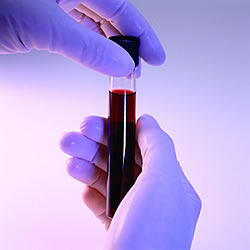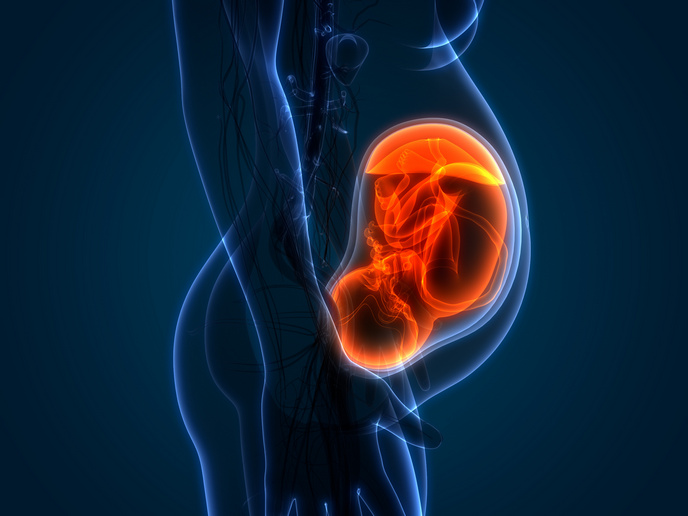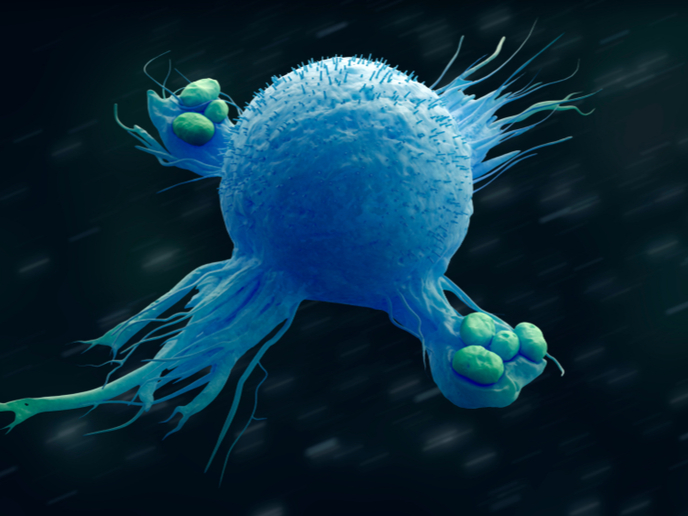Shedding light on Wiskott-Aldrich syndrome
The WASPNEST project concentrated on the genetic and molecular aspects of the disease and resulted in a number of new findings. Research revealed that alterations in the WAS gene can lead to increased levels of apoptotic cell death. Furthermore, it was shown that increased and unregulated expression of the WAS gene leads to premature cell death. This implies that the WAS protein (WASp) is toxic over a certain threshold and could in fact be involved in a number of other conditions. WAS is characterized by a marked drop in levels of particular cell types in the blood (thrombocytopenia and neutropenia), affecting the immune system and the blood cells' abilities to regenerate. WAS patients demonstrate an increased susceptibility to viral infections and it is likely that the reason behind that phenomenon is WASp's direct involvement in the activation of the immune system's defensive pathways in healthy individuals. Regulating the expression of the WAS gene could present a novel method of therapeutic intervention. Current treatment involves haematopoietic stem cell transplantation. Gene therapy presents a viable option for treatment, and it is likely that the conclusions of WASPNEST project could aid towards the development of novel therapies.







